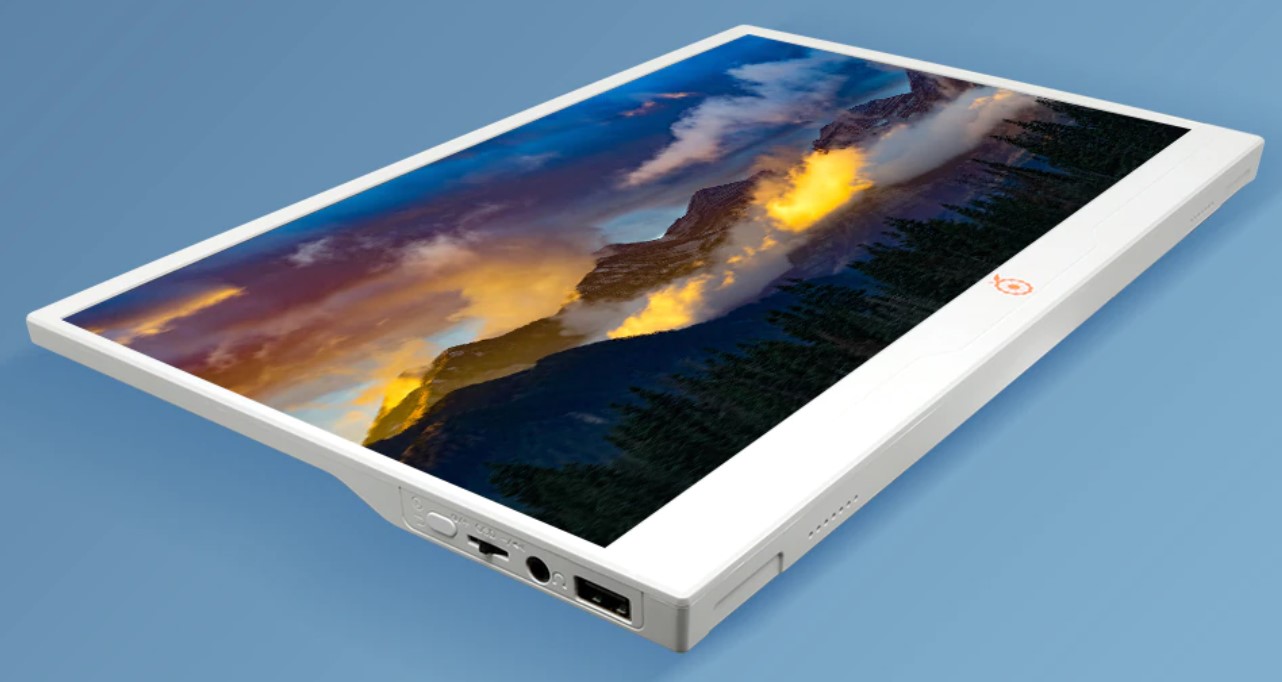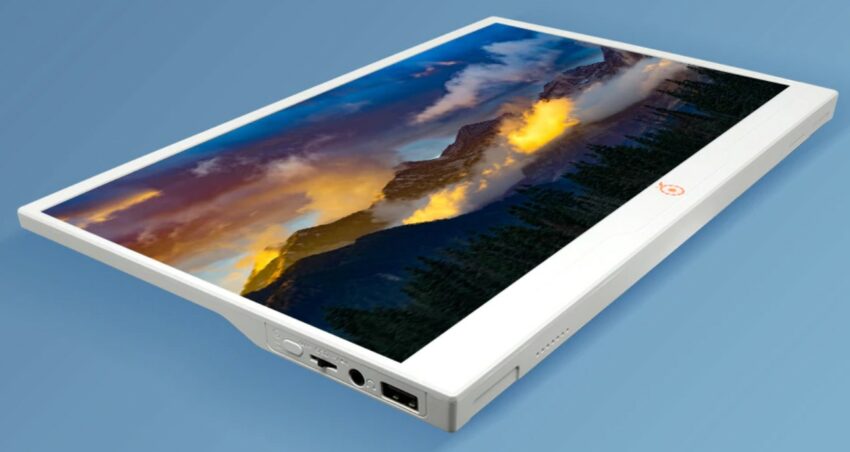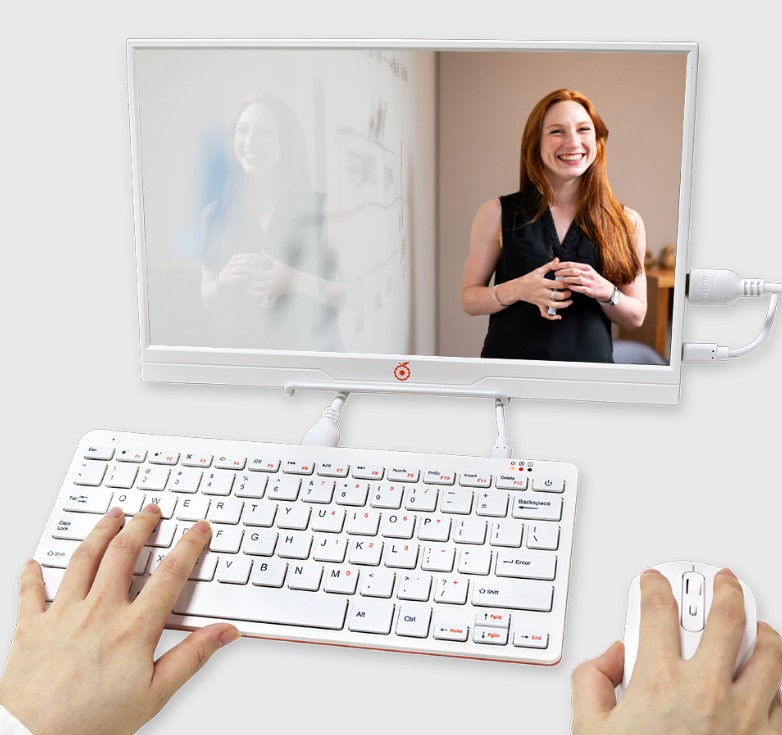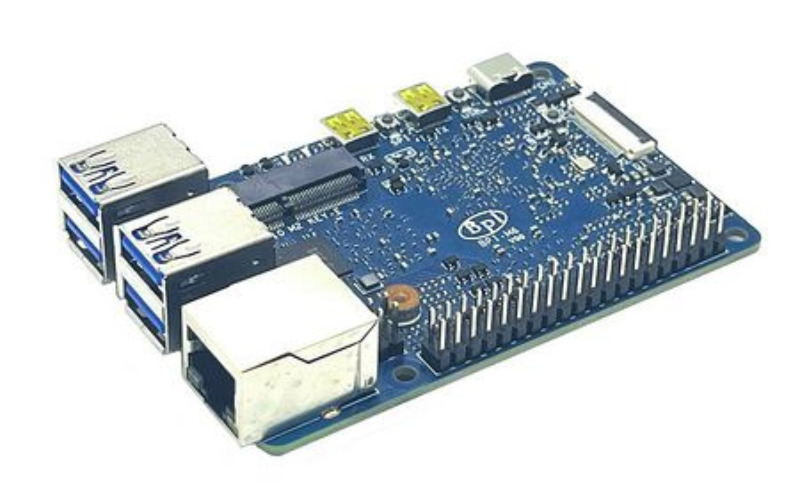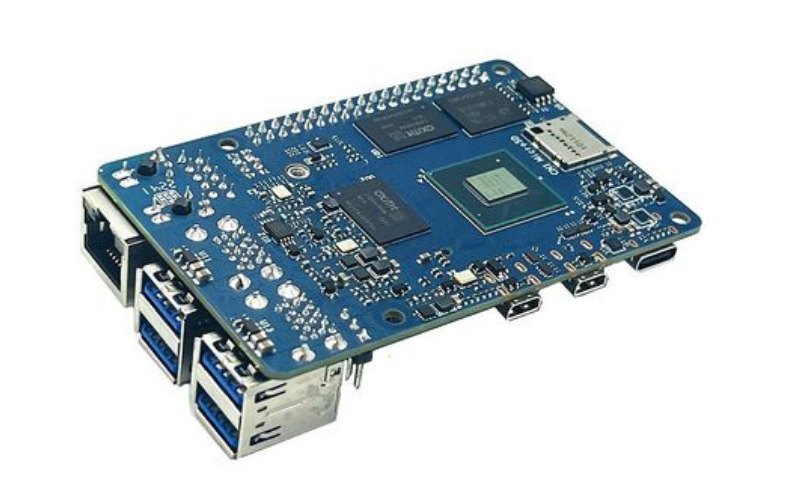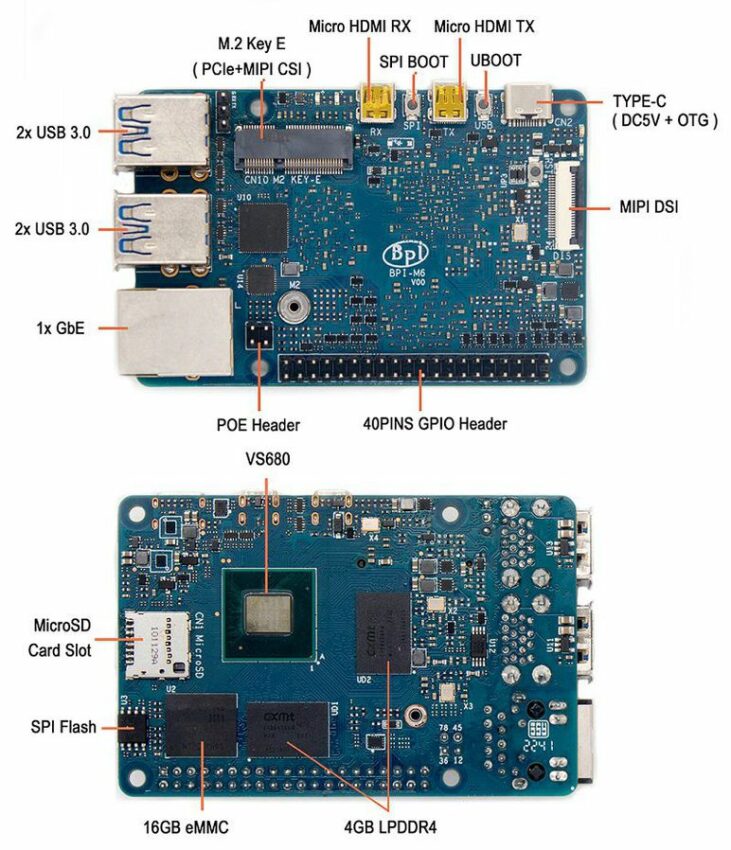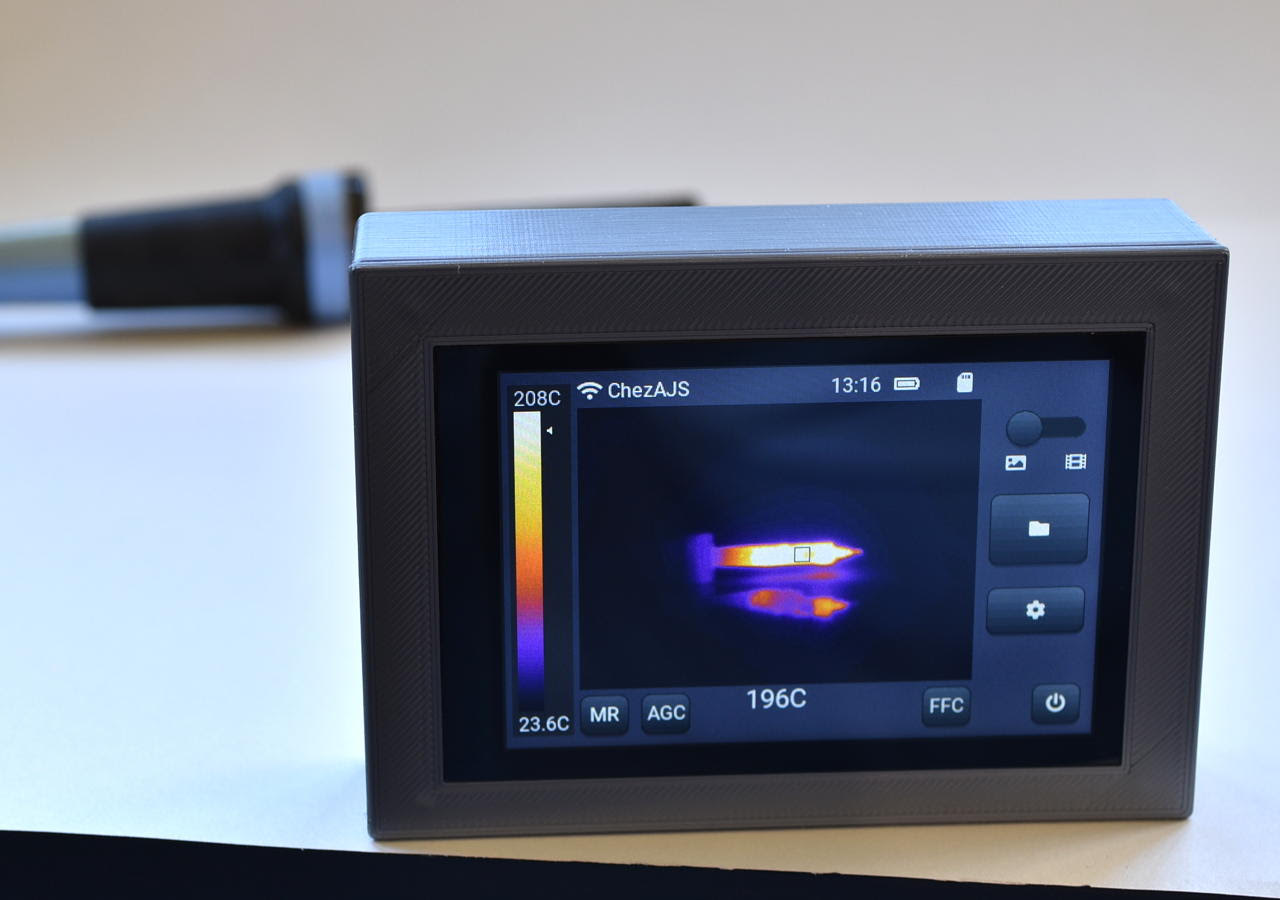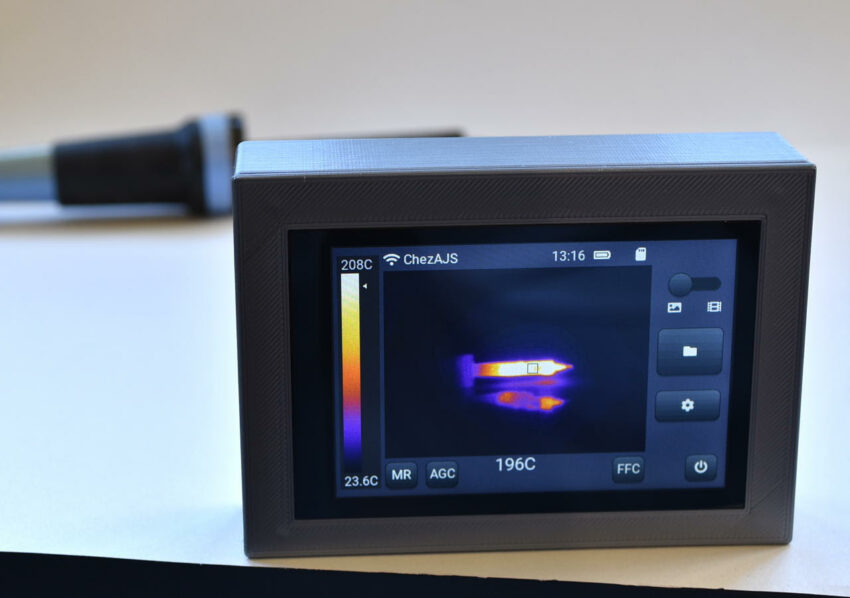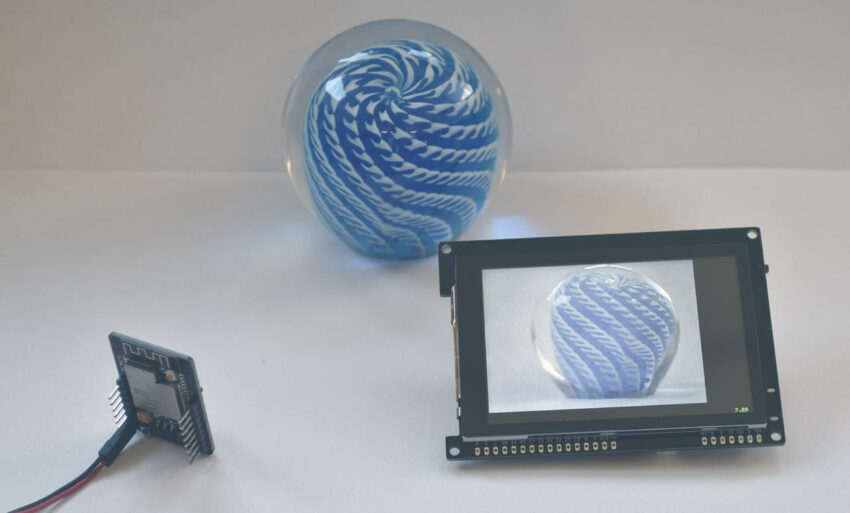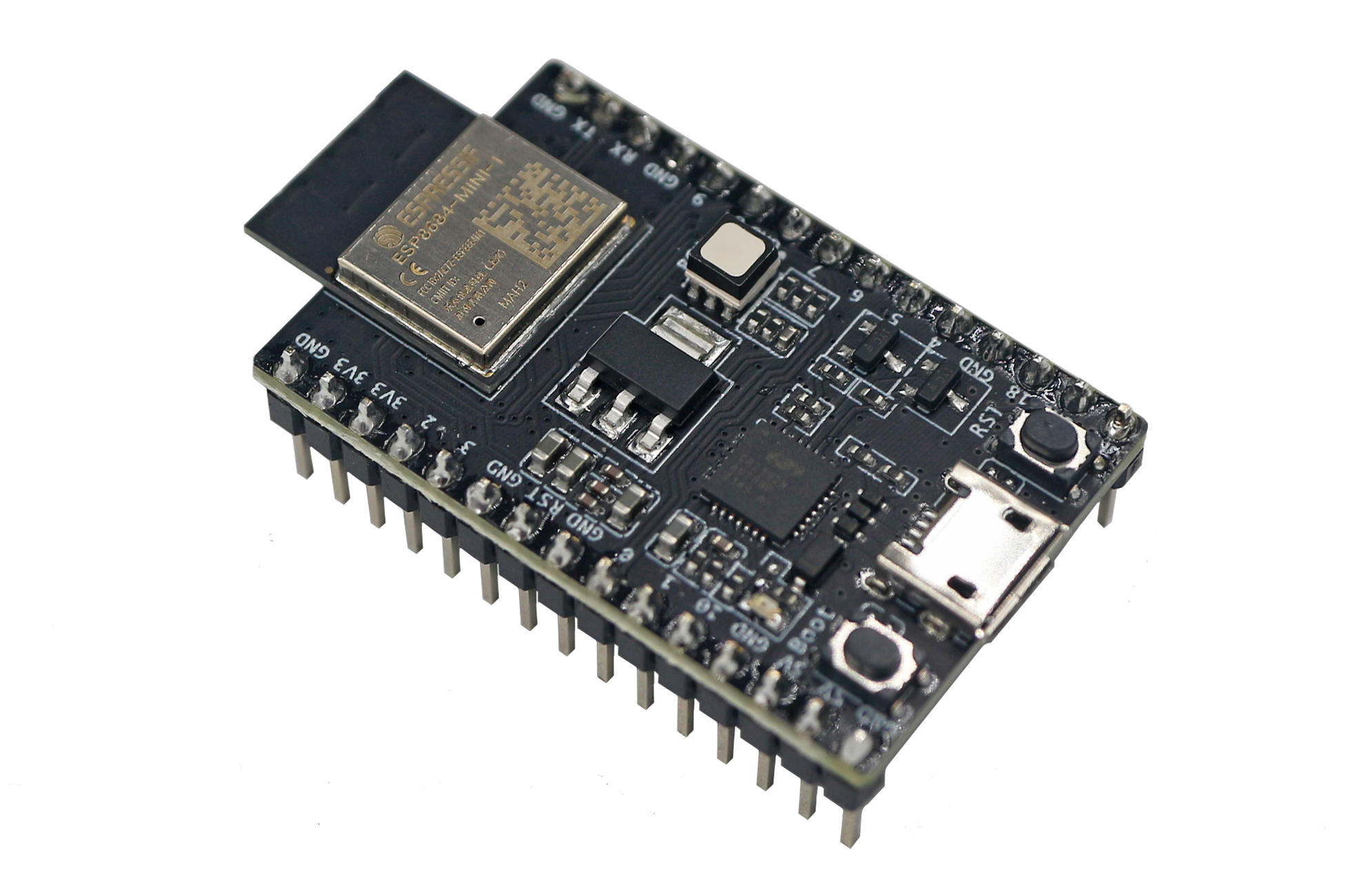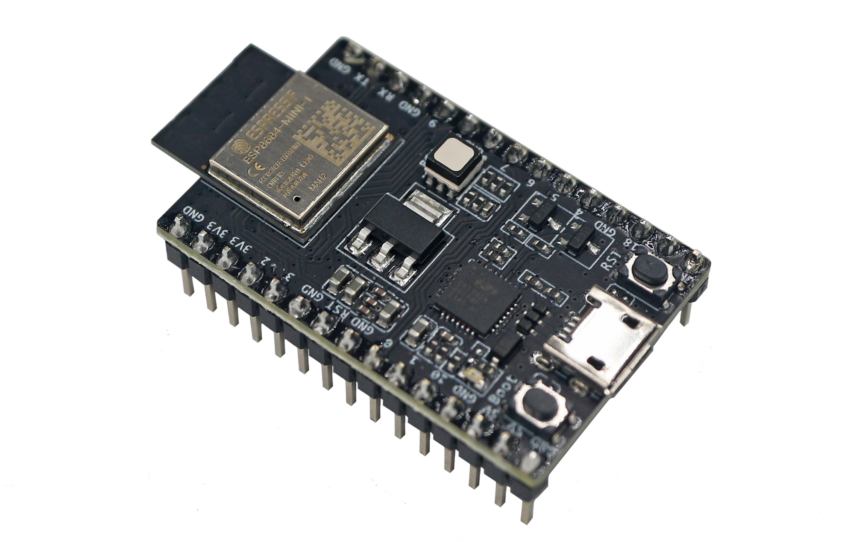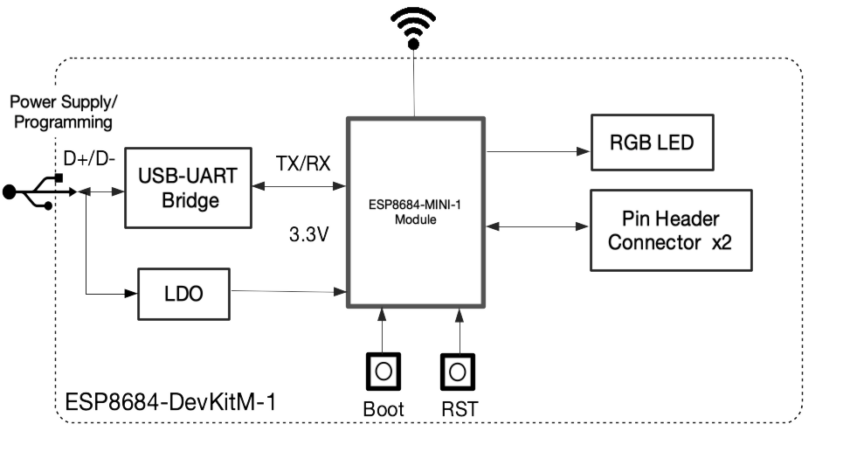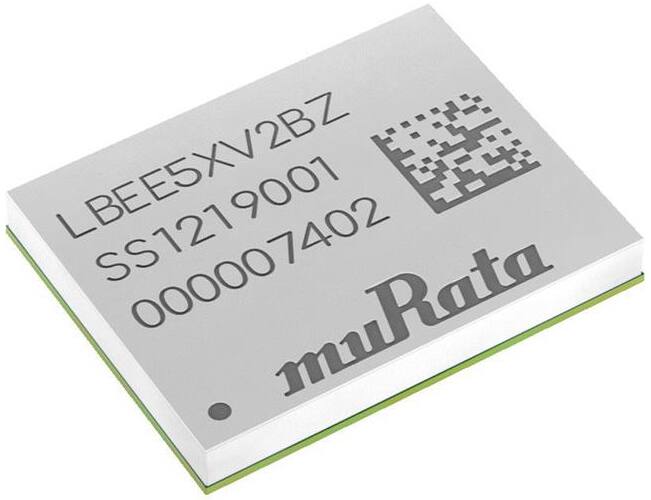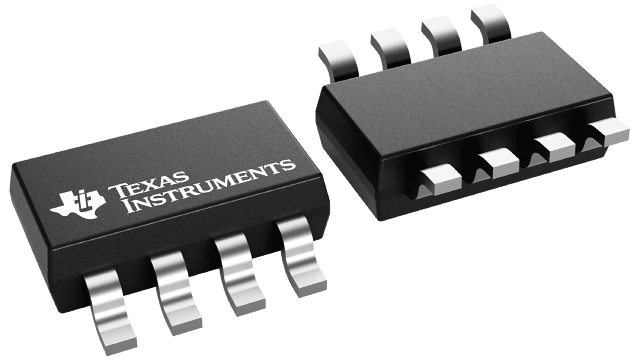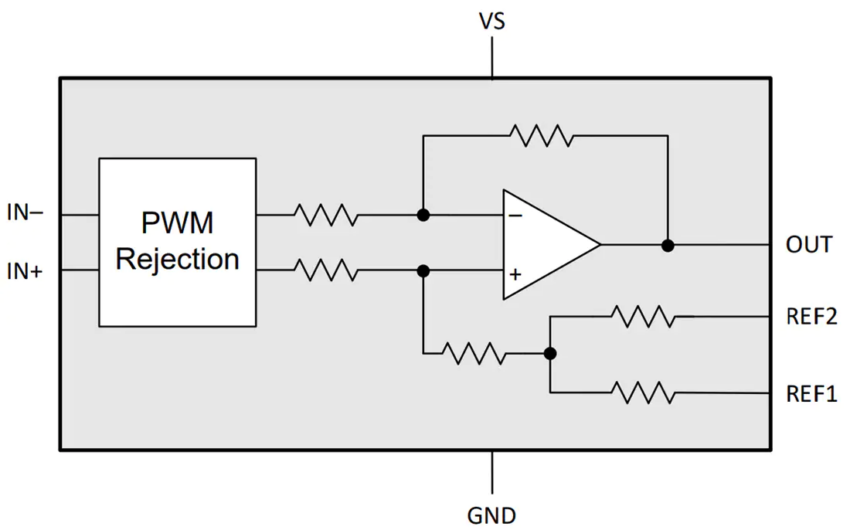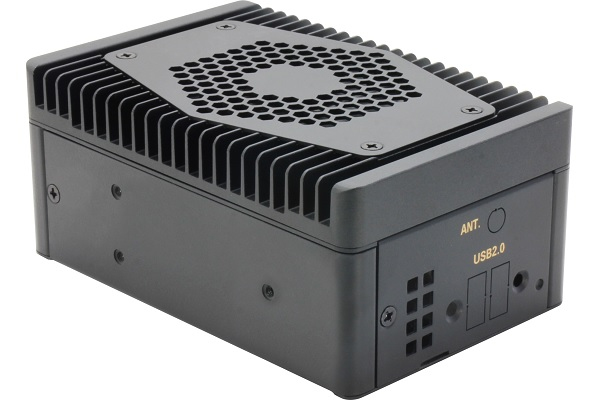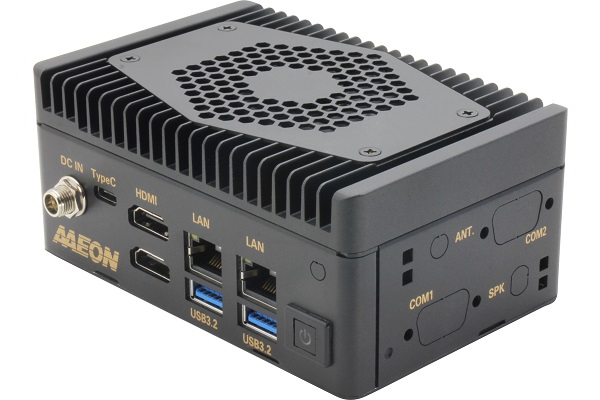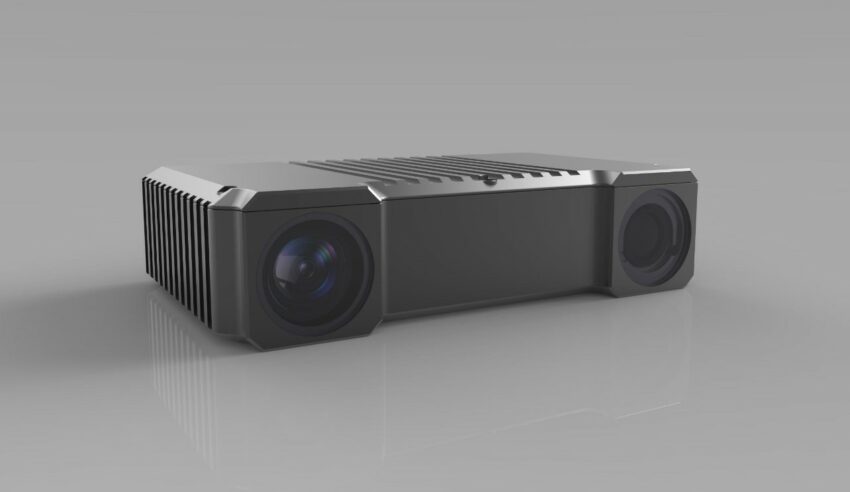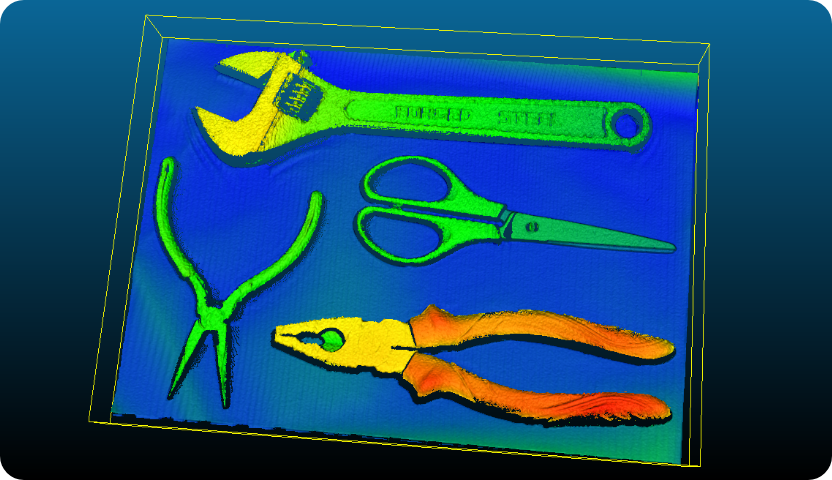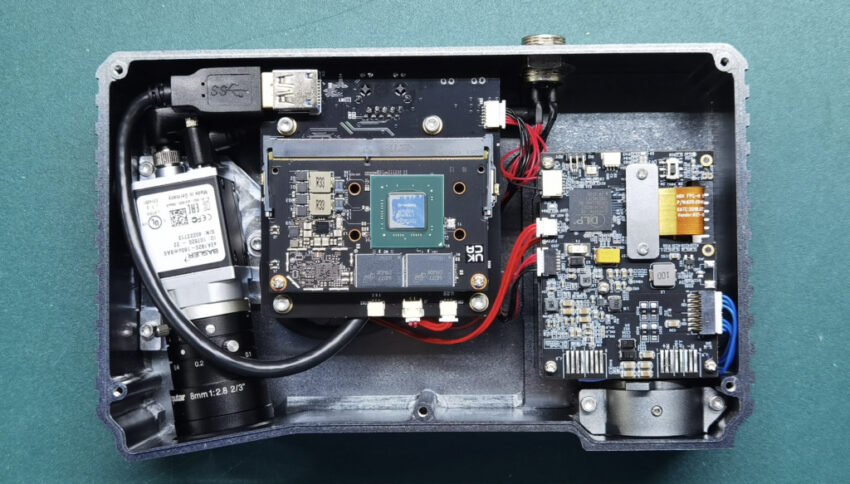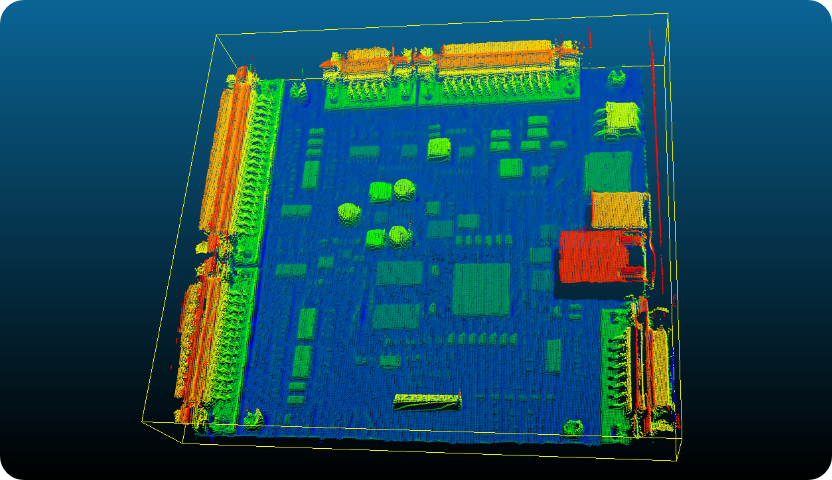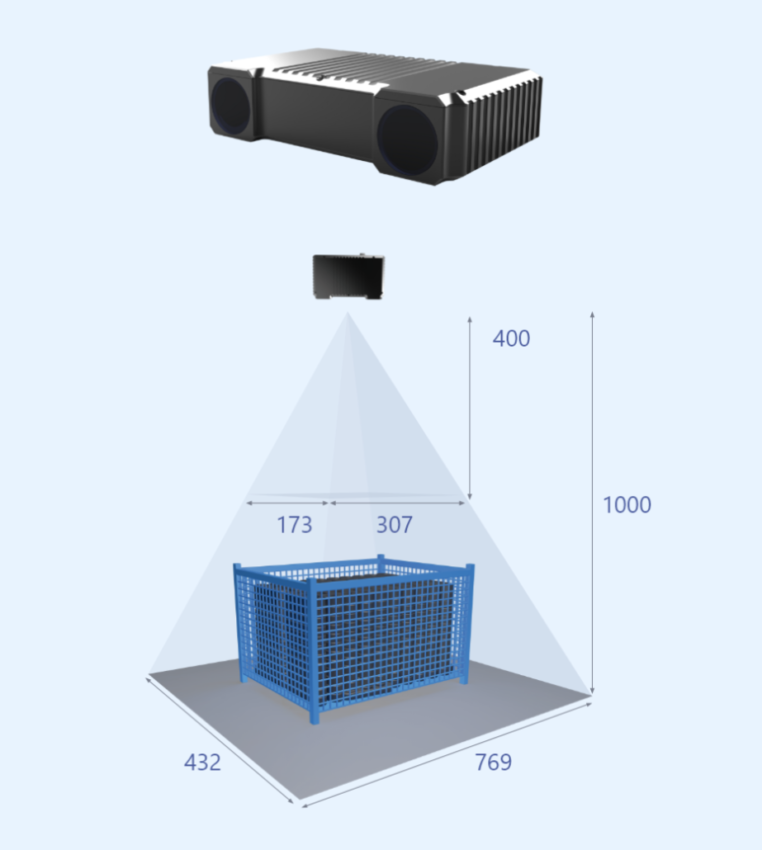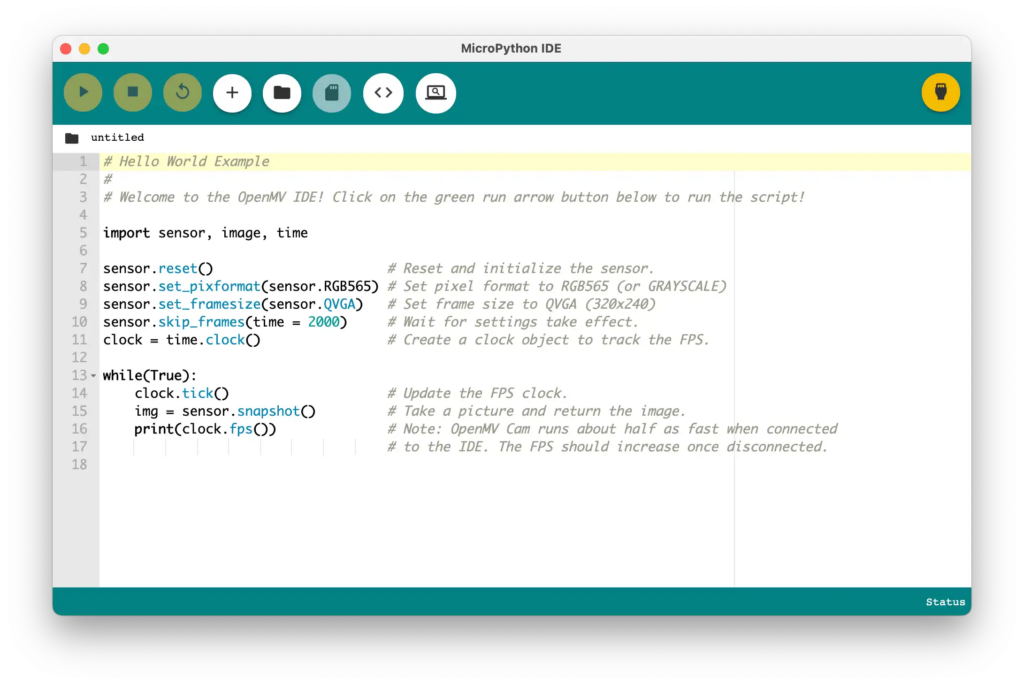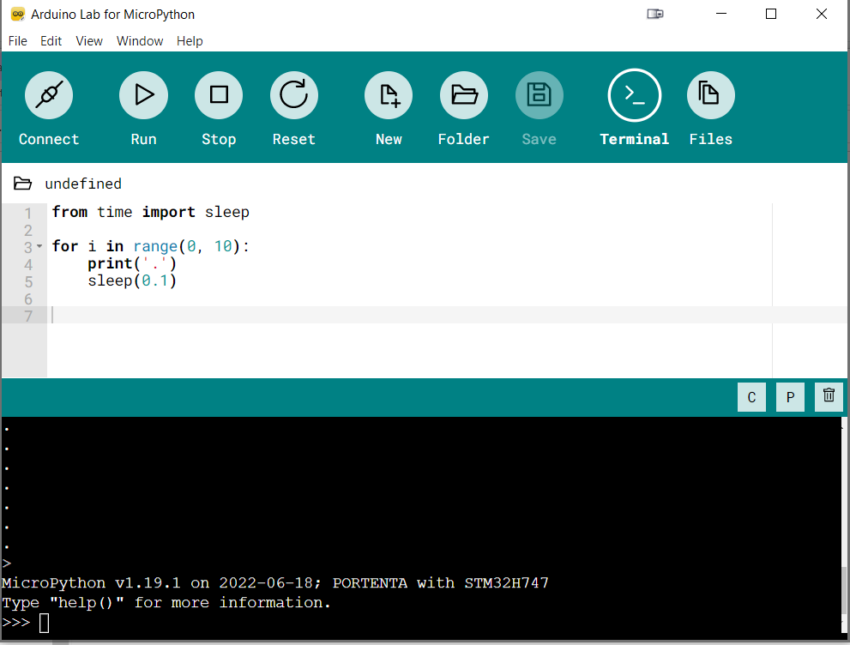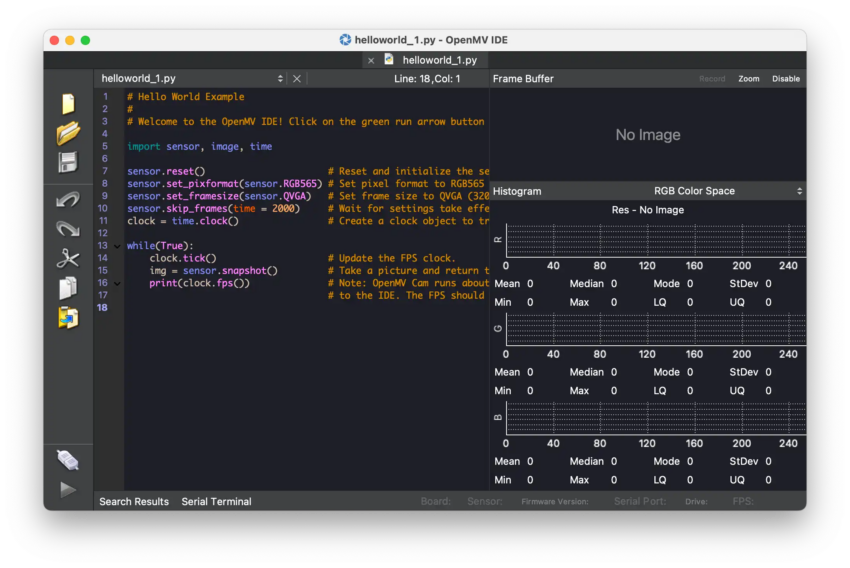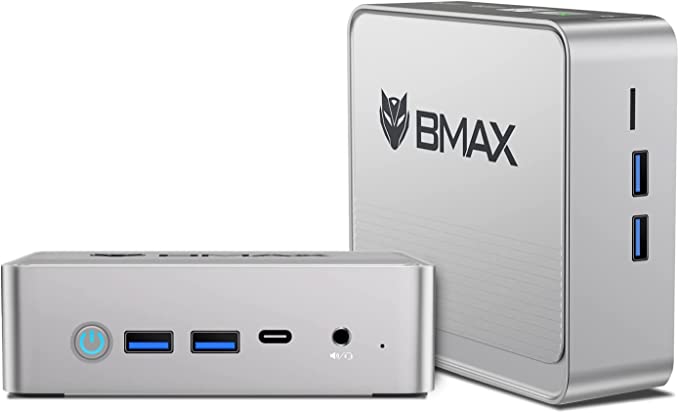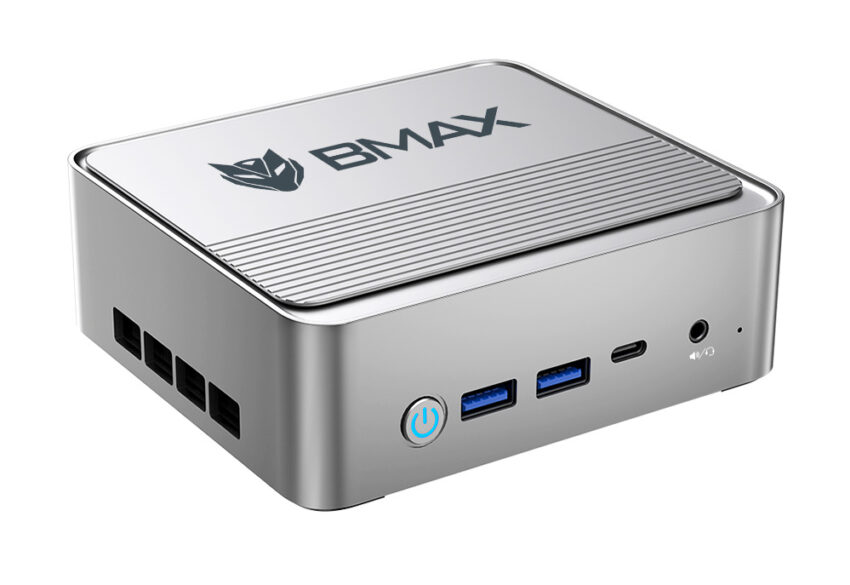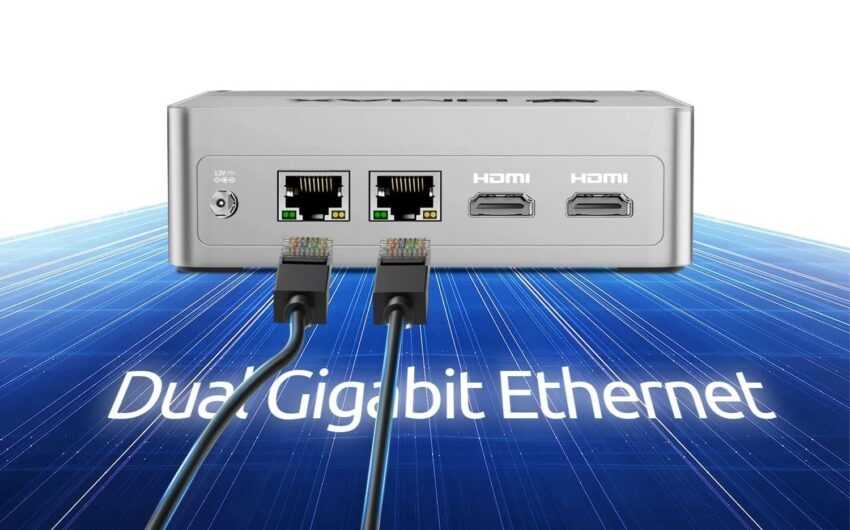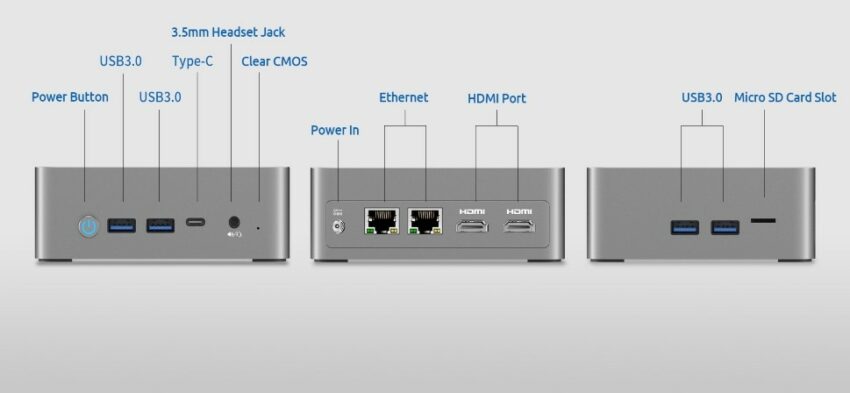We recently covered the Orange Pi 5 single-board computer based around the famous Rockchip RK3588S featuring an octa-core 64-bit processor core clocked up to a frequency of 2.4 GHz. The manufacturer, Shenzhen Xunlong Software, has now unveiled a 14-inch full high-definition portable monitor that supports Nintendo Switch, Xbox, PS4/Pro, smartphones, PCs, TV boxes, and Orange Pi series development boards, such as Orange Pi 800 and various other devices.
Earlier this year, the Orange Pi 800 was launched, similar to the Raspberry Pi 400, which is a personal computer inside a keyboard powered by a six-core Rockchip RK3399 system-on-chip and integrated with 4GB LPDDR4 RAM. The RK3399 system-on-chip features a dual-core Arm Cortex-A72 processor core clocked up to a frequency of 1.8GHz, and the quad-core Arm Cortex-A53 has a speed of 1.4GHz. As mentioned earlier, the Orange Pi portable monitor does support the Orange Pi 800 keyboard computer.
Orange Pi 14-inch monitor has an IPS panel with a 170-degree viewing angle and 1080 high-definition resolution. The manufacturer has designed the monitor for easy interfacing with mobile phones, computers, and gaming consoles through a Type-C port. The low blue light enables the user’s eyes to stay comfortable for a long period of time. The portable monitor has built-in dual speakers with a maximum reduction of sound vibration for a clearer and brighter sound. The multi-functional interface is a standard HDMI, dual Type-C, and a 3.5mm audio port.
Specifications of Orange Pi portable monitor
- Type: Portable monitor
- Display size: 14-inch
- Resolution: 1920×1080 pixels
- Contrast: 700:1
- Brightness: 220cd/m2
- Panel type: a-Si TFT-LCD
- Viewing angle: 170 degree
- Frequency: 60Hz
- Color system: 262k, 45% NTSC
- Operating temperature: 0 to 40 degree C
- Interface: 1x HDMI, 2x USB Type C
- Audio: 3.5mm audio jack
- Power: USB plug available
- Dimensions: 385x254x7.6 mm
- Weight: 550 grams (net weight) and 1150 grams (gross weight)
- Compatibility: Smartphones, gaming consoles, TV boxes, and Orange Pi 800
The company has also listed the portable monitor along with Orange Pi 800 for $189.00 USD, which includes a Type-C power supply, wireless mouse, HDMI cable, HD camera, 14-inch monitor, Orange Pi 800 keyboard, and a portable mini-PC gaming keyboard kit. Orange Pi OS comes pre-installed and is compatible with Android 12, giving it a huge range of software downloads. If you are only interested in the Orange Pi portable monitor, it is available for purchase on AliExpress at $59.00 USD.


